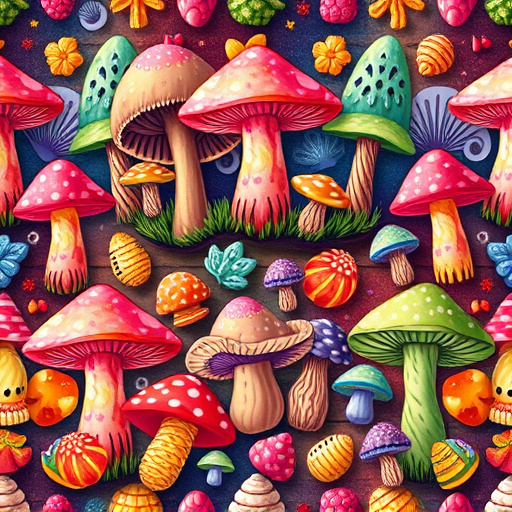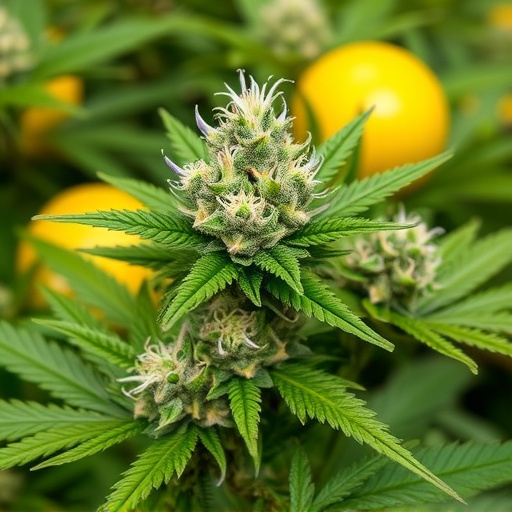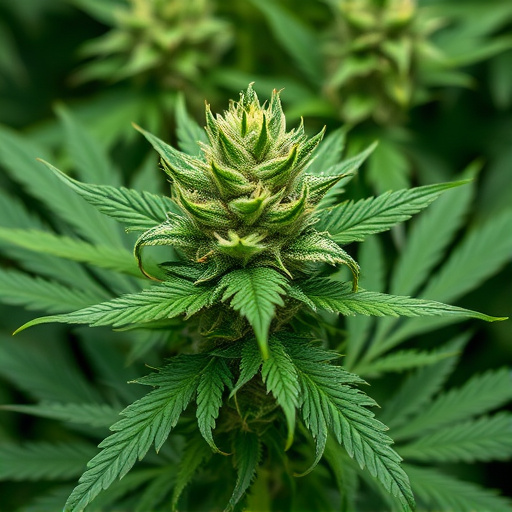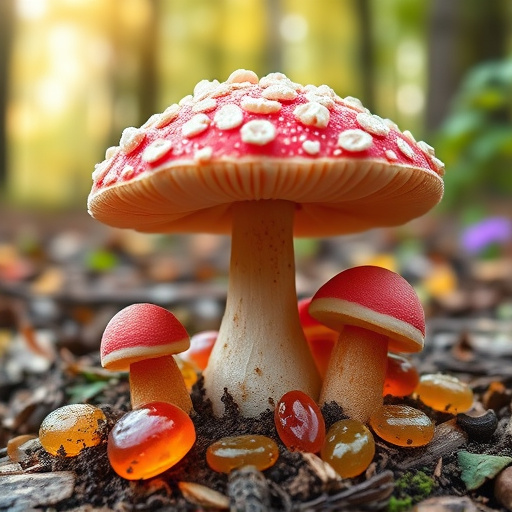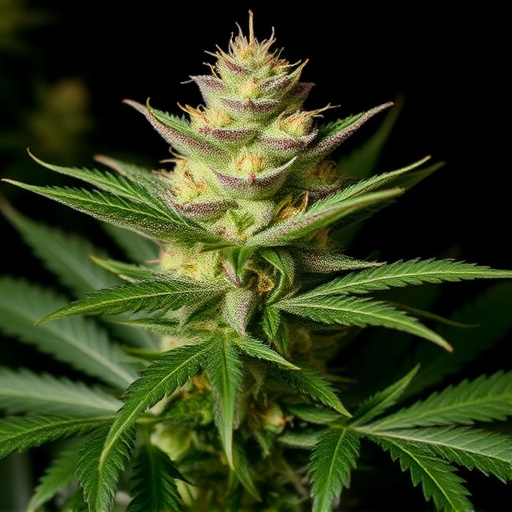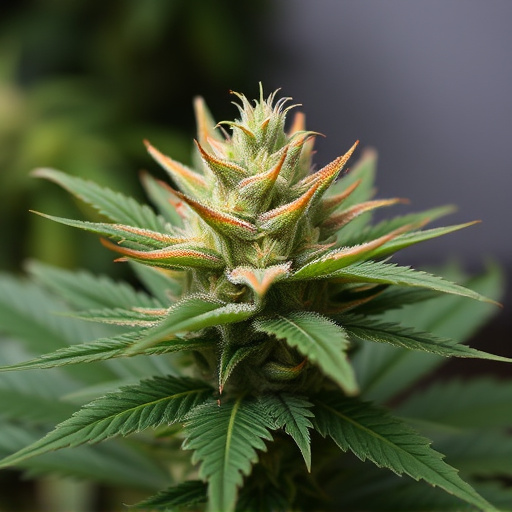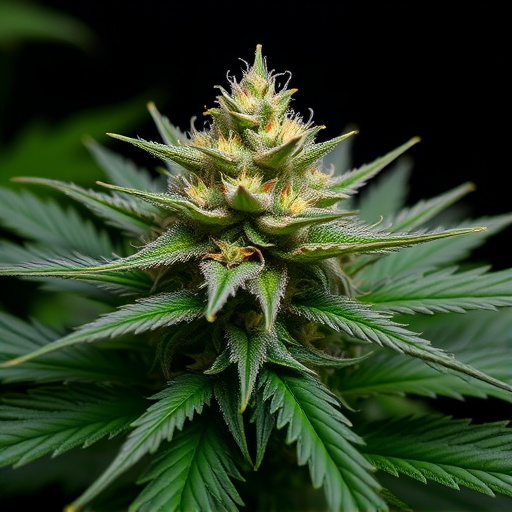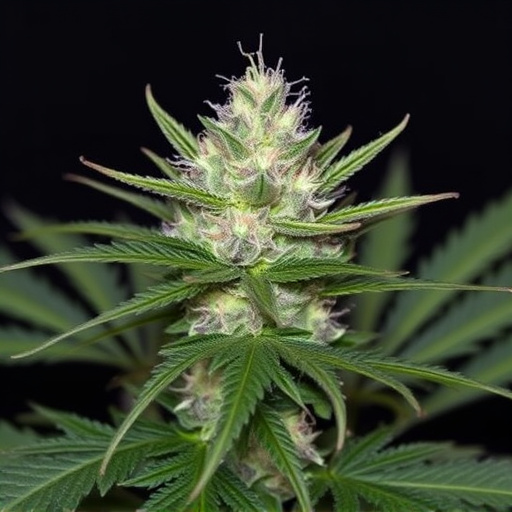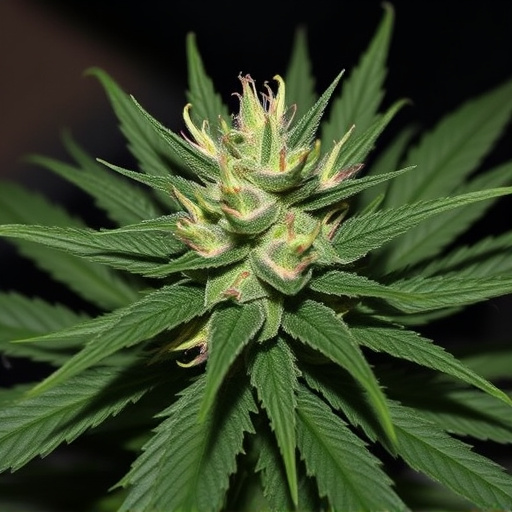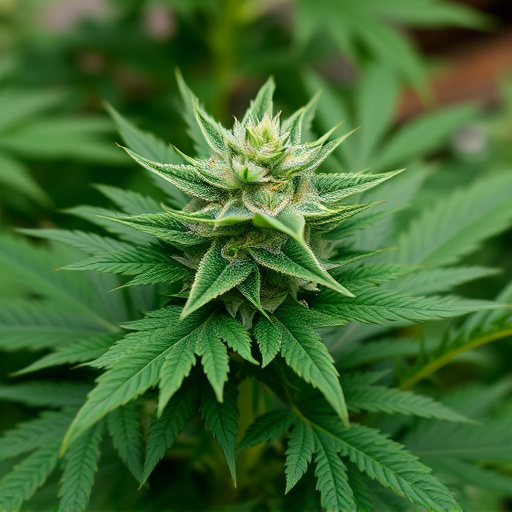Cannabis's effects vary by dosage, strain, and tolerance, offering heightened senses and relaxation but also potential anxiety and memory loss. Short-term impacts include euphoria, enhanced vision, and impaired coordination, lasting 2-3 hours. Frequent use may lead to health issues, while medical cannabis targets specific conditions with tailored cannabinoid profiles. The best cannabis strains balance immediate enjoyment, like Sativas for focus or Indicas for relaxation, with long-term mental health considerations, ensuring positive experiences and minimizing adverse reactions.
“Unveiling the multifaceted impact of cannabis: Exploring short- and long-term effects and harnessing the potential of the best cannabis strains for moderation. This comprehensive guide delves into the intricate relationship between weed and users, revealing mental shifts, physical changes, and lasting consequences.
From immediate perceptions alterations and memory lapses to long-term risks like respiratory issues and cognitive impairment, understanding these effects is paramount. We also uncover the power of specific cannabis strains in mitigating negative impacts, offering a path towards responsible use with our curated recommendations for indica, sativa, and hybrid options.”
- Short-Term Effects of Weed
- – Mental Changes: Altered perception, mood swings, increased creativity, and potential anxiety or paranoia.
- – Physical Impacts: Short-term memory loss, coordination issues, red eyes, dry mouth, and increased appetite.
Short-Term Effects of Weed
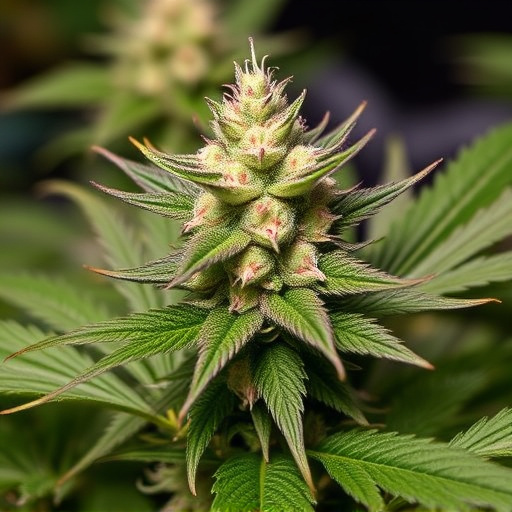
The short-term effects of weed, or cannabis, can vary greatly depending on factors like dosage, strain (best cannabis strains), and individual tolerance. Common immediate impacts include heightened senses, increased appetite, relaxation, and altered perception. Many users report a sense of euphoria, known as a “high,” characterized by laughter and a general feeling of well-being. Vision and hearing may also be slightly enhanced, while physical coordination can be affected, leading to impaired balance and slowed reaction times. These effects typically peak within the first hour and start to wear off after 2-3 hours, leaving users with a sense of relaxation and potential drowsiness.
While many people enjoy these short-term benefits, it’s important to note that frequent or heavy use can lead to more pronounced and prolonged effects, impacting mental and physical health in the long term. The best cannabis strains for medical purposes are often chosen based on their specific cannabinoid profiles and terpene content, designed to target conditions like anxiety, pain, or sleep disorders while minimizing unwanted side effects.
– Mental Changes: Altered perception, mood swings, increased creativity, and potential anxiety or paranoia.
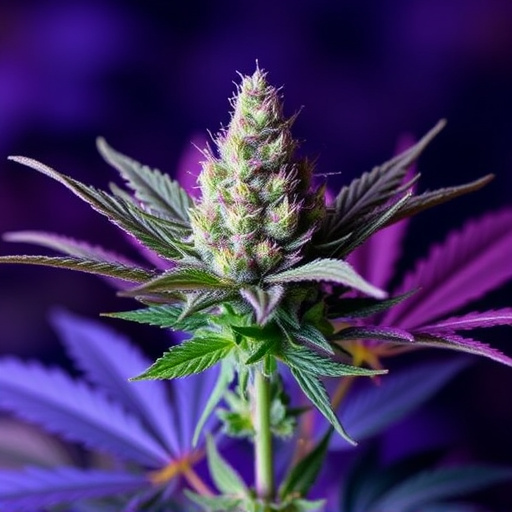
The short-term effects of weed can significantly impact an individual’s mental state, offering a unique blend of sensations that vary based on strain and personal tolerance. Users often report altered perception, where colors seem brighter and sounds more vivid. This heightened sensory experience can lead to an elevated mood or, in some cases, unpredictable swings. Many people also notice an increase in creativity, with new ideas flowing freely during these periods. However, the strain’s THC content can trigger anxiety or paranoia, especially in those prone to such conditions, making it crucial to choose best cannabis strains suited for specific needs and preferences.
Long-term use may lead to more persistent mental changes. Regular consumption can impact mood disorders, with some users developing or exacerbating conditions like depression or anxiety. On the other hand, sustained exposure to certain compounds in cannabis might enhance cognitive functions, offering potential benefits for creative fields. The key lies in understanding that while weed’s effects can be enjoyable and even therapeutic, its long-term implications on mental health require careful consideration, especially when exploring different best cannabis strains for recreational or medicinal use.
– Physical Impacts: Short-term memory loss, coordination issues, red eyes, dry mouth, and increased appetite.
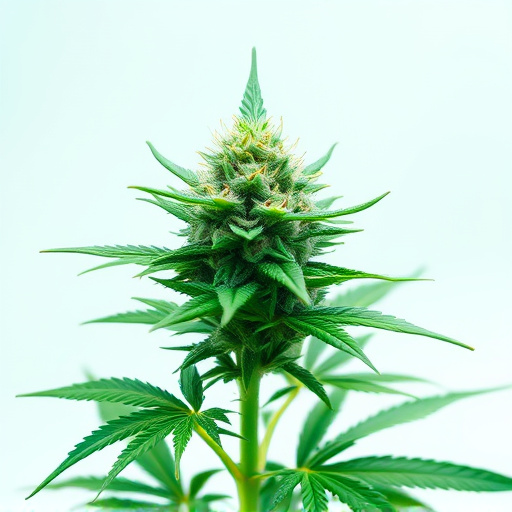
Using cannabis, or “weed,” comes with both immediate and lasting effects on the body. Short-term use can lead to a range of physical symptoms, including short-term memory loss, where tasks that once seemed simple might become challenging. Coordination issues are also common, impacting balance and motor skills, which can be particularly dangerous when engaging in activities requiring precision or awareness, such as driving. Other notable immediate effects include noticeable red eyes and dry mouth, both of which can persist for several hours after consumption. Surprisingly, many users report an increase in appetite, often leading to what’s affectionately termed the “munchies.”
When it comes to the best cannabis strains for mitigating these short-term impacts, various options cater to different preferences. Sativa strains, known for their invigorating and cerebral effects, can help counteract memory issues and improve focus. Indica strains, on the other hand, are renowned for their relaxing and sedative qualities, which might aid in alleviating coordination problems and promoting a sense of calm. Balanced hybrids offer a middle ground, combining elements from both Sativa and Indica to provide a more well-rounded experience. Ultimately, the choice depends on individual tolerance and desired effects, with some popular options known for their ability to enhance enjoyment while minimizing adverse physical reactions.
In conclusion, understanding both the short- and long-term effects of weed is essential for making informed decisions about its consumption. While it may offer potential benefits in terms of creativity and appetite stimulation, as evidenced by some users’ positive experiences with specific best cannabis strains, the risks to mental and physical health cannot be overlooked. Awareness of these impacts is crucial for those considering recreational or medicinal use, highlighting the need for further research and responsible consumption practices.



